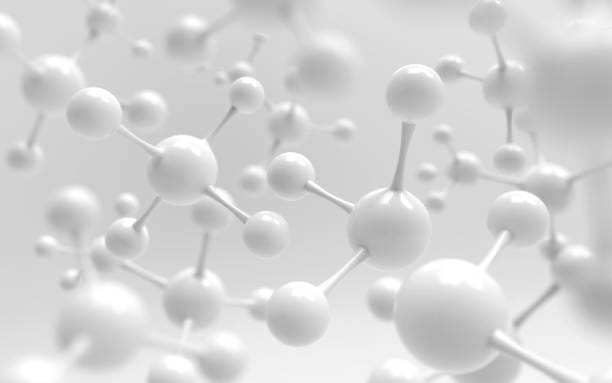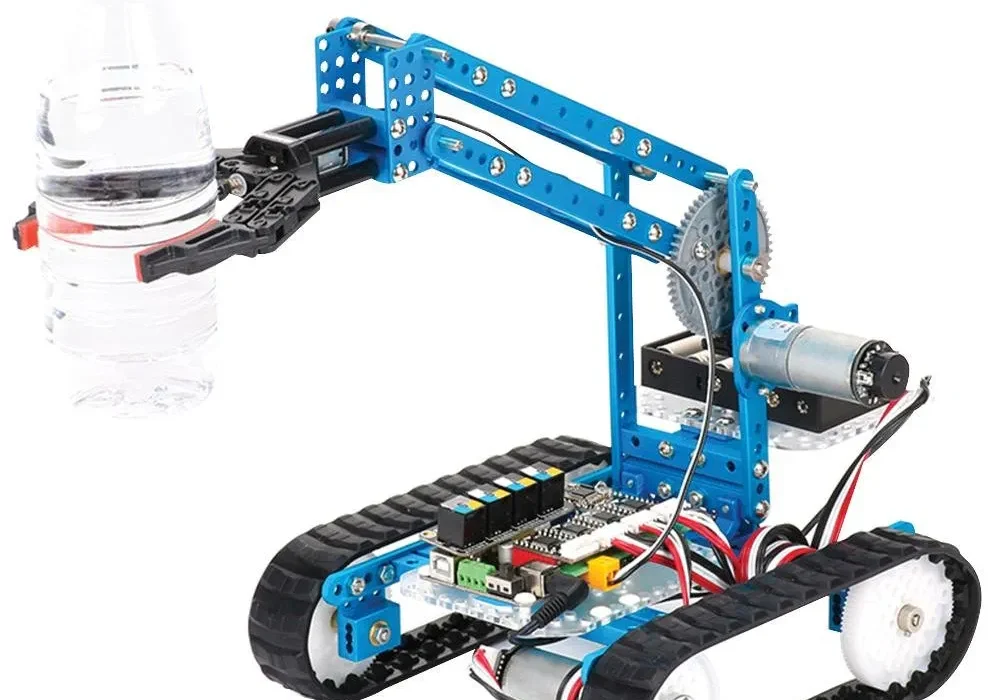Imagine a world where your clothes can charge your phone, where windows clean themselves without a drop of soap, where bandages heal wounds faster, and where cars never rust. This is not science fiction—it is the quiet, powerful revolution of nanotechnology already transforming the fabric of our daily lives.
Nanotechnology operates on the tiniest of scales, manipulating matter at the level of nanometers—one-billionth of a meter. To grasp this size, picture a human hair and slice it into 80,000 strands; each would be about a nanometer thick. At this scale, materials behave in extraordinary ways. Metals can become transparent. Fabrics can repel water like a lotus leaf. Medicines can target diseased cells with pinpoint accuracy.
This manipulation of matter is not new in concept. Nature has been doing it for billions of years—our DNA, proteins, and cell structures are all nanotechnological marvels. What is new is humanity’s ability to design and engineer such small-scale structures deliberately, reshaping everything from electronics to medicine to the clothes we wear. The transformation is happening quietly, embedded in products and processes we use without realizing their nano-origins.
The Science Behind the Nano Frontier
At the heart of nanotechnology lies the ability to control atoms and molecules, arranging them into structures with novel properties. This is possible because the physical laws governing the nano-world differ from those at larger scales.
Quantum mechanics dominates at these dimensions. Electrons behave like waves, surfaces gain immense relative area, and interactions between particles become stronger. These phenomena give nanomaterials unique characteristics—superior strength, chemical reactivity, electrical conductivity, and optical effects that ordinary materials cannot achieve.
Carbon nanotubes, for example, are thousands of times thinner than a human hair yet stronger than steel and lighter than aluminum. Nanoparticles of silver or gold, though made of familiar metals, exhibit unusual colors and antimicrobial properties when shrunk to the nanoscale. Graphene, a sheet of carbon only one atom thick, conducts electricity better than copper while being almost weightless.
Harnessing these properties requires sophisticated techniques—self-assembly, atomic layer deposition, electron-beam lithography—that allow scientists to build complex devices layer by layer. As these methods mature, nanotechnology moves from research labs into consumer products, reshaping everyday experiences.
Smart Fabrics: Clothing That Thinks and Acts
Fashion has always been about expression, comfort, and protection. With nanotechnology, it is becoming something more—intelligent, interactive, and multifunctional. Smart fabrics incorporate nanoscale fibers, sensors, and coatings that enhance performance without adding bulk.
One breakthrough is the development of textiles that repel stains and water effortlessly. Inspired by the lotus leaf’s natural nano-textured surface, engineers create fabrics where liquid droplets simply roll off. These clothes stay clean longer, reducing the need for washing and conserving water and energy.
Beyond cleanliness, nanofibers can be woven with conductive materials to create garments that act as electronic devices. Shirts can monitor heart rates and breathing patterns. Jackets can adjust their insulation in response to temperature changes. Military uniforms can change color for camouflage or detect hazardous chemicals in the air.
Even fashion accessories benefit. Nano-engineered jewelry resists tarnish. Sportswear integrates nano-sized particles that neutralize odors or protect against UV radiation. The line between clothing and technology is blurring, leading toward a future where what we wear actively supports our health, safety, and connectivity.
Healthcare Revolution: Nanomedicine at Work
Perhaps nowhere is nanotechnology’s impact more profound than in medicine. Traditional drugs flood the body, affecting both healthy and diseased cells. Nanomedicine changes this paradigm by delivering therapies directly where they are needed.
Nanoparticles can be designed to carry drugs through the bloodstream, bypassing biological barriers, and releasing treatments inside specific cells. Cancer therapies using nanoscale delivery systems minimize side effects while increasing effectiveness. Imaging techniques enhanced by nanoparticles allow doctors to detect diseases earlier than ever before.
Tiny biosensors placed inside the body can monitor glucose levels for diabetics or detect infections long before symptoms arise. Researchers are developing nano-robots that could one day navigate blood vessels to repair tissue or unclog arteries without invasive surgery.
Even vaccines have benefited. Some of the most effective COVID-19 vaccines used lipid nanoparticles to deliver genetic instructions safely into human cells, showcasing how nano-engineering can respond rapidly to global health crises.
Everyday Electronics and Energy Efficiency
Nanotechnology has already changed how we power and use devices, though we rarely notice it. Modern smartphones rely on nano-engineered transistors packed by the billions on tiny chips. This miniaturization has made electronics faster, smaller, and more energy-efficient.
Nanomaterials also enhance battery technology. Lithium-ion batteries use nano-sized electrodes that hold more charge and recharge faster. Researchers are exploring graphene-based supercapacitors that could allow electric cars to charge in minutes rather than hours. Solar panels coated with nano-thin films capture sunlight more efficiently, making renewable energy more accessible and affordable.
Even screens benefit from nanotechnology. Quantum dots—nanoscale semiconductor crystals—produce richer colors and sharper images on televisions and monitors while consuming less power. These advances make our daily interactions with technology smoother, brighter, and more sustainable.
The Magic of Self-Cleaning Surfaces
Cleaning consumes vast amounts of time, labor, and chemicals worldwide. Nanotechnology offers an elegant solution through self-cleaning surfaces. These surfaces mimic nature’s genius, particularly the lotus leaf’s micro- and nano-scale structures that repel dirt and water.
Engineers replicate this effect using nanocoatings that make glass, metal, and ceramic surfaces hydrophobic or photocatalytic. Windows treated with titanium dioxide nanoparticles break down organic matter under sunlight, washing away grime with rainwater alone. Bathroom tiles and kitchen counters gain antibacterial properties, resisting mold and reducing the need for harsh cleaners.
Outdoor applications are equally transformative. Solar panels stay clear of dust, maintaining efficiency. Airplane wings shed ice more easily. Roads coated with self-cleaning materials remain brighter and safer for longer periods. These innovations reduce maintenance costs and environmental impact, making cleanliness nearly effortless.
Food and Agriculture at the Nano Scale
From the food we eat to the way it’s grown and packaged, nanotechnology is reshaping agriculture and nutrition. Nano-encapsulation techniques improve the delivery of nutrients and flavors, allowing for healthier and more palatable foods. Vitamin supplements delivered via nanoparticles can be absorbed more efficiently, boosting their effectiveness.
In packaging, nanomaterials create barriers that extend shelf life by preventing oxygen, moisture, or bacteria from spoiling products. “Smart” packaging with nanosensors can detect contamination or freshness, alerting consumers before opening a package.
On farms, nano-fertilizers and pesticides release active ingredients slowly and precisely, reducing waste and minimizing environmental damage. Soil sensors on the nanoscale help farmers monitor conditions in real time, optimizing irrigation and crop yields. These advances support sustainable agriculture, addressing the growing demands of a rising global population without exhausting natural resources.
Environmental Solutions: Cleaning Up the Planet
Ironically, the same science that manipulates matter at minuscule scales is helping tackle some of the planet’s biggest environmental challenges. Nanotechnology offers tools to clean polluted water, air, and soil more effectively than traditional methods.
Nanoparticles like nano-sized iron or titanium dioxide can break down toxic chemicals in contaminated groundwater, making it safe to drink. Nanofilters remove pathogens and heavy metals from water supplies in remote regions without expensive infrastructure. Air purification systems use nanocatalysts to neutralize harmful emissions from vehicles and factories.
Even energy production benefits environmentally. Hydrogen fuel cells, seen as a clean alternative to fossil fuels, rely on nanostructured catalysts to split water molecules efficiently. Nano-engineered materials make wind turbines lighter and solar panels more efficient, accelerating the transition to green energy sources.
Cosmetics and Personal Care: Beauty Enhanced by Science
Our daily routines, from brushing teeth to applying sunscreen, are touched by nanotechnology. Cosmetic companies harness nanoparticles to create products that perform better and feel more luxurious.
Sunscreens formulated with nano-sized titanium dioxide or zinc oxide provide invisible, non-greasy protection against harmful UV rays while remaining safe for skin. Moisturizers and anti-aging creams use nano-encapsulation to deliver active ingredients deep into the skin, improving hydration and reducing wrinkles. Toothpastes with nano-hydroxyapatite strengthen enamel and repair microscopic damage.
These innovations not only enhance personal care but also open possibilities for medical-grade skincare treatments that heal burns, treat acne, or deliver therapeutic compounds directly to affected areas.
Transportation and Construction: Stronger, Lighter, Smarter
Nanotechnology is reshaping how we move and build. Automobiles incorporate nano-coatings that resist scratches and repel dirt. Lightweight nano-composite materials make vehicles stronger yet more fuel-efficient. Fuel additives containing nanoparticles improve combustion, lowering emissions.
In aerospace, carbon nanotube-infused composites reduce aircraft weight significantly, saving millions in fuel costs and reducing environmental impact. Nanomaterials also protect against corrosion, extending the lifespan of bridges, ships, and pipelines.
Construction benefits similarly. Nano-engineered concrete is more durable and crack-resistant. Windows coated with nanofilms adjust transparency based on light conditions, improving energy efficiency in buildings. These advances create infrastructure that is not only stronger but smarter, responding dynamically to environmental factors.
The Future of Everyday Nanotech
As research accelerates, the boundaries of nanotechnology’s potential stretch further into imagination. Scientists envision “programmable matter” where objects change shape and function at command. Clothing could harvest solar energy or purify air. Household surfaces might generate electricity or purify water. Medical nano-robots could patrol our bloodstream, repairing cells as they go.
Despite its promise, nanotechnology raises questions about safety and ethics. Tiny particles can behave unpredictably in the environment or the human body. Regulatory frameworks are evolving to ensure that nanomaterials do not pose hidden risks. Public understanding and oversight will be crucial as this invisible revolution deepens.
The likely trajectory is that nanotechnology will become so integrated into our lives that we barely notice it. Much like electricity or the internet, its presence will feel natural, embedded in objects and systems we take for granted, quietly enhancing health, comfort, and sustainability.
Living in a Nano-Enabled World
From the clothes we wear to the food we eat, the energy we consume, and the spaces we inhabit, nanotechnology is weaving itself into the fabric of human existence. It is making our surroundings smarter, our bodies healthier, and our world cleaner.
Yet, at its heart, nanotechnology is not just about shrinking things down. It is about rethinking possibilities. It asks us to imagine materials that defy conventional limits, machines invisible to the eye, and solutions to challenges once thought insurmountable.
The revolution is not loud or dramatic. It is quiet, delicate, and precise—operating beneath our senses yet shaping our future profoundly. As nanotechnology continues to unfold, it holds the promise of a world where surfaces clean themselves, fabrics respond to our needs, medicine heals with unprecedented precision, and technology serves humanity while harmonizing with nature.
The nano-world may be small, but its impact is vast, touching every aspect of life in ways we are only beginning to comprehend. The invisible revolution is here, transforming our everyday existence atom by atom, quietly building a future that once belonged only to dreams.






